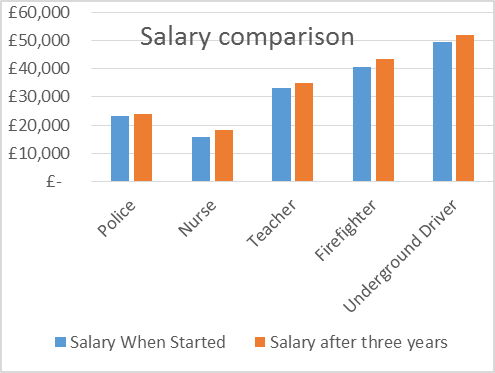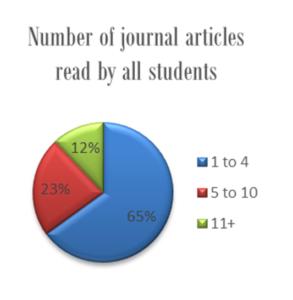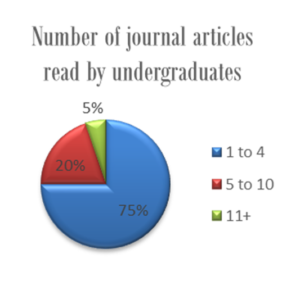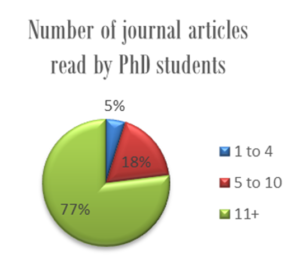IELTS Writing Task1 # Students at UK Universities
IELTS WRITING TASK 1
You should spend about 20 minutes on this task.
The tables below show the distribution of students at UK universities by mode of study and gender.
Summarise the information by selecting and reporting the main features, and make comparisons where relevant.
| Male Postgraduate Students | ||||
| Mode of study | 1996/97 | 2000/01 | 2005/06 | 2009/10 |
| Full-time | 75,370 | 87,070 | 1,15,550 | 1,51,275 |
| Part-time | 1,13,961 | 1,08,770 | 1,38,505 | 1,17,105 |
| Female Postgraduate Students | ||||
| Mode of study | 1996/97 | 2000/01 | 2005/06 | 2009/10 |
| Full-time | 62,344 | 85,215 | 1,18,675 | 1,46,980 |
| Part-time | 1,08,702 | 1,25,855 | 1,72,640 | 1,63,340 |
Sample Answer:
The tables compare the proportion of males and females enrolled in full-time and part-time postgraduate courses at UK universities in four academic sessions between 1996 and 2010.
It is evident that student enrolments in full-time courses followed an upward trend for both the genders throughout the given period. The number of males rose from 75,370 in 1996-97 to 151,275 in 2009-10 while that of females increased from 62,344 to nearly 146,980 during this period. These figures also indicate that there was a gender disparity in full-time postgraduate programmes. In 1996/96, the gender disparity was the highest (75,370 males versus 62,344 females) but the distribution became more balanced in the following years.
Focusing on part-time courses, overall more students were registered in these programmes as compared to full-time ones. In 1996-97, about 114,000 males and about 109,000 females selected part-time courses. In the next two academic years, there was a rapid increase in the percentage of female students whereas the number of male entrants fluctuated. The year 2005-06 had the highest enrolment rate in part-time programmes for both sexes, 138,505 males and 172,640 females. Notably, the number of students dropped in 2009-10.
In general, it can be concluded that full-time courses were more popular among males than females during the given period. The trend for part-time courses, on the other hand, was the opposite.
(227 Words)
IELTS Dehradun Uttarakhand Tel: 8439000086 , 8439000087






